We kindly inform you that, as long as the subject affiliation of our 300.000+ articles is in progress, you might get unsufficient or no results on your third level or second level search. In this case, please broaden your search criteria.
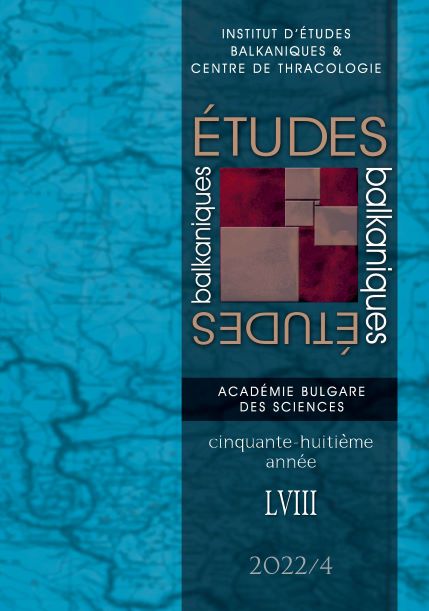
This paper examines the attitude of socialist groups in Ottoman Salonica from different ethnic backgrounds to the conflict between empire and nation-state during the first term of the Second Constitutional Era (1908 – 1912) in the aftermath of the Young Turk Revolution. Following the stories of Abraham Benaroya (1887 – 1979), the renowned Jewish printing worker, and Dimitar Vlahov (1878 – 1953), the esteemed Macedo-Bulgarian political activist, and their interactions with like-minded socialists from Bulgarian, Greek, Jewish, and Turkish origins, I analyze how these particular socialist organizations in Salonica integrated Ottomanism, or the imperial nationalism which pursued the equality of Ottoman citizens and the territorial integrity of the Ottoman Empire, into their class politics. Using a wide array of sources which include parliamentary minutes, newspapers and memoirs, I argue that socialist activists in Salonica, in the heyday of nationalism, believed in the possibility of a socialist future within the Ottoman Empire. Notwithstanding their disagreements with the elected Ottoman government, Salonican socialists openly opted for the constitutional and ethnically heterogenous empire rather than its disintegration and territorial accession to the homogenized Balkan states.
More...
Reviews of: Kirjarahva pildiraamat. Fotosid aastatest 2001–2009. Pildistanud Alar Madisson, koostanud Alar Madisson, Piret Noorhani, Vilve Asmer. Tartu: Eesti Kirjandusmuuseum, Kunst, 2009. [127] lk Kirjarahva teine pildiraamat. Fotosid aastatest 2010–2013. Pildistanud Alar Madisson, koostanud Alar Madisson, Piret Noorhani, Vilve Asmer. Tartu: Eesti Kirjandusmuuseum, 2013. [123] lk. Lev Võgotski. Mõtlemine ja kõne. Psühholoogilised uurimused. Tõlkinud Peeter Tulviste. (Avatud Eesti Raamat.) Tartu: Ilmamaa, 2014. 509 lk. Leo Tolstoi. Mis on kunst? Tõlkinud Andri Ksenofontov. (Avatud Eesti Raamat.) Tartu: Ilmamaa, 2014. 314 lk. Eesti perioodikas ilmunud järjejuttude bibliograafia 1918–1944. Koostaja Kalev Sikk. Väljaandja: Lembit Sikk Pärna talu, 2014. 258 lk + Lisad: Anderomaanid, 6 lk; Errata, 1 lk. Kas sa Tammsaaret oled lugenud? Kirjanduslik eluloovestlus Helga Nõuga. Koostaja Rutt Hinrikus. Tartu: Eesti Kirjandusmuuseum, Eesti Kultuurilooline Arhiiv, 2014. 144 lk. Helga Nõu. Valetaja. Mälestused, tõeotsimised. Tallinn: Eesti Ajalehed, 2011. 280 lk. Martin Klöker. Tallinna kirjanduselu 17. sajandi esimesel poolel (1600-1657). Haridusinstitutsioonid ja juhuluuletamine. Tõlkinud ja eessõna Kristi Viiding. Tallinn: Teaduste Akadeemia Kirjastus, 2014. 679 lk.
More...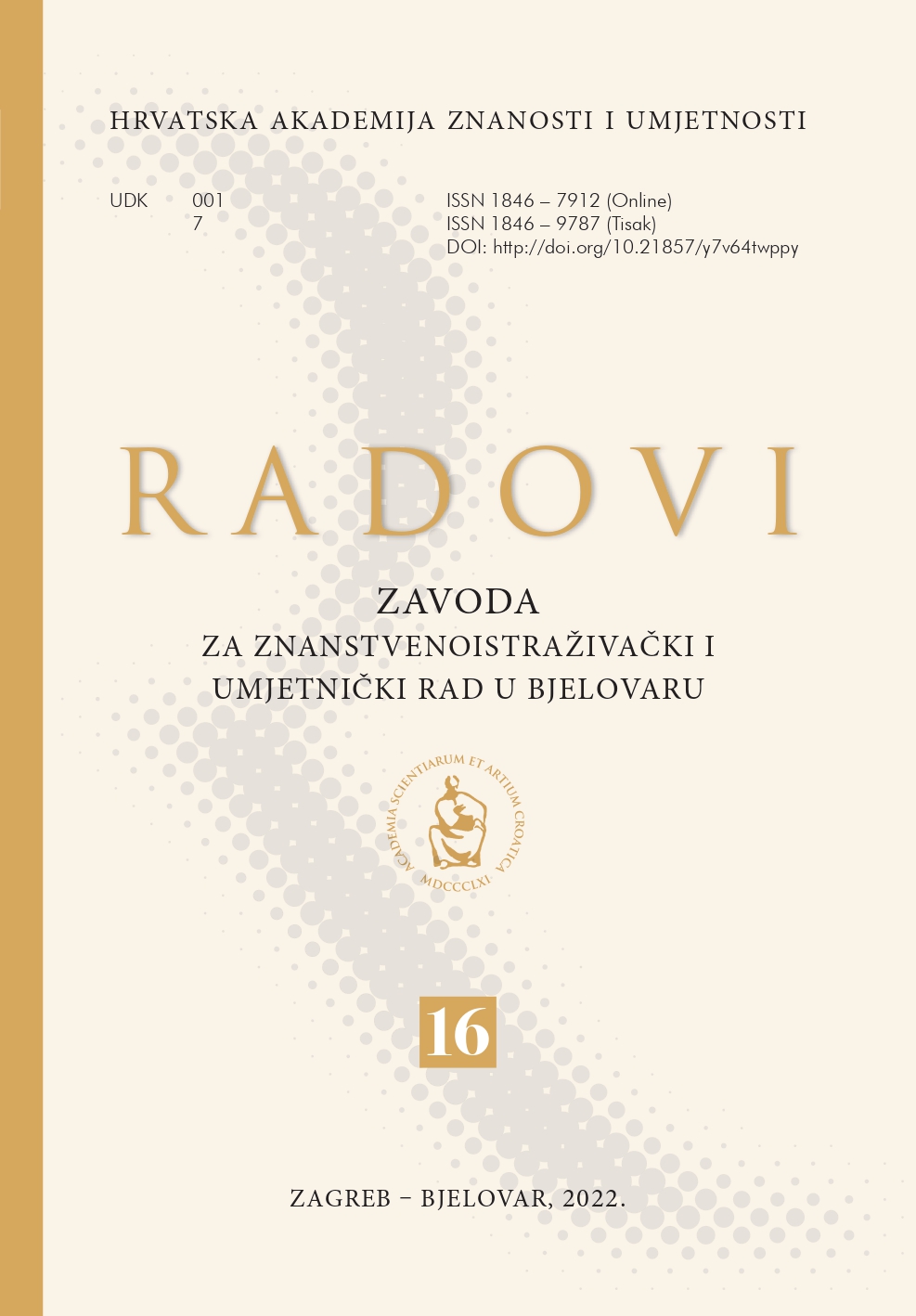
Ethnic contact zone has been for centuries present along the Croatian-Hungarian border on the axis of the Drava River, stretching from the Mura River to Vojvodina. The objective of the paper is to illustrate the main factors that influenced assimilation after the First World War, and the forming of the border between Hungary and the Kingdom of the Serbs, the Croats and the Slovenes (later the Kingdom of Yugoslavia). It further shows the status of the “imprisoned” persons of the Croatian, the Slovenian and the Serbian nationalities on the Hungarian side of the border, the characteristics of their social and economic relations with homeland, political and geographical changes that influenced their everyday life, and the consequences thereof. High-quality foreign policy between Yugoslavia and Hungary and the atmosphere created by the great European politics marked their bilateral border relations in the period between the two World Wars.
More...
The everyday life of the deportees was orchestrated by the authorities through work, education and leisure and through intrusion in their family life. Under constant surveillance, people submitted themselves to the demands and executed the chores established by the regime. However, from the very beginning they struggled to preserve their agency. This article, based on the memories of former deportees, underlines their capacity to resist repression, to overcome the social constraints and to create social groups parallel to the official ones.
More...
Cet article analyse les rapports entre la domination politique de l’État roumain, pendant le socialisme et le post-socialisme, et les stratégies et tactiques de résistance et d’adaptation des gens ordinaires (common people) aux politiques étatistes. Cette relation dynamique sera observée à partir des réalités de la vallée du Jiu, l’une des régions les plus touchées par le projet de l’État, axé d’abord sur l’industrialisation accélérée et, ensuite, sur la désindustrialisation, également, accélérée, avec des répercussions majeures sur les relations sociales. En corroborant les entretiens et les récits de vie avec des articles de presse de l’époque, nous entendons comprendre le contrôle de la production et de la population par l’État, l’appropriation et l’aménagement du territoire, le licenciement de la main-d’œuvre lors de la transition du communisme au capitalisme, tout comme les répercussions de ces mesures étatistes sur la vie quotidienne des gens et la résilience de ces derniers à l’ordre politique.
More...
During communism, the villages of Vama Veche and 2 Mai became a mythological place for the cultural and artistic bohemian. Artists and intellectuals came there during the summer in order to work and relax in a space where the authorities chose to stay away (at least in a visible way). This indulged „freedom” transformed the area in a safe space for their daily interaction and activities, beyond borders and limitations. After the fall of communism, this area became a kind of „lieu de mémoire” revisited mostly in the imagination while invested with the aura of sacredness.
More...
The collectivisation of agriculture was the first policy of the Romanian state aiming to radically change the rural area. It affected directly the everyday life of the Romanian villagers by transforming the state from a distant, rather “urban” idea, into a social, political and economic actor directly involved at the local level. Lasting for more than 13 years, the collectivisation was the most noticeable aspect of the communist intervention, taking place alongside with other policies such as the development of party organisations in the villages, the expanding of the local bureaucracy or the nationalisation of the village economy. As the rural population represented the majority of Romanians and the support for communism was rather scarce in the villages, the party used a cautious strategy of collectivisation, preferring, at least in the initial stages of it, to strengthen its presence in the villages and to avoid forcing the peasants to join the collective farms. Although it did not manage to completely avoid the usage of repression and the clashes with the peasants, the Romanian communist party was successful in preventing widespread protest movements such as the ones in 1953 in Poland and DDR, in 1956 in Hungary or in 1968 in Czechoslovakia. This article try to explain, based on the everyday life in several villages in Romania, the strategies which the party used in order to gradually transform the rural are and to avoid widespread protests from the peasants.
More...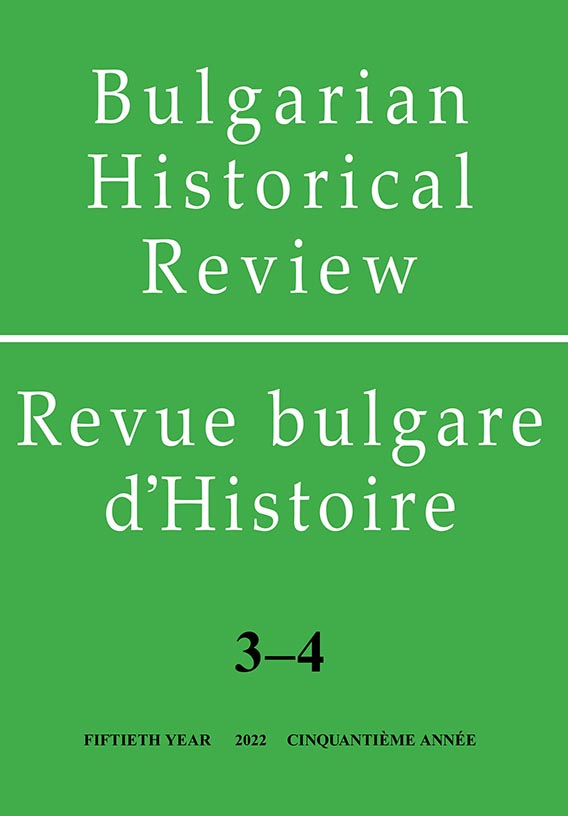
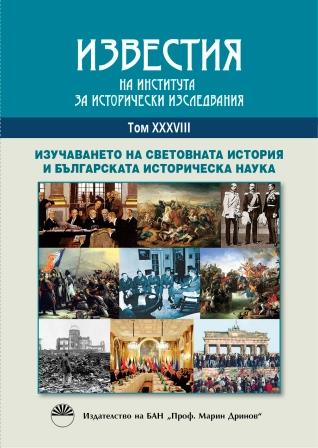
This study presents some of the leading Polish researchers with their most im¬portant works on Bulgarian history in the 20th century, written after 1989, when both the priorities and approaches in historical studies changed. It identifies three thematic blocks, in which most of the research of Polish historians is concentrated: the examination of issues of Bulgarian political history in the context of Balkan history; the study of Bulgarian historical development with an emphasis on the social and political changes in the country; and the presentation of Bulgarian-Polish relations, which understandably receive the most attention.
More...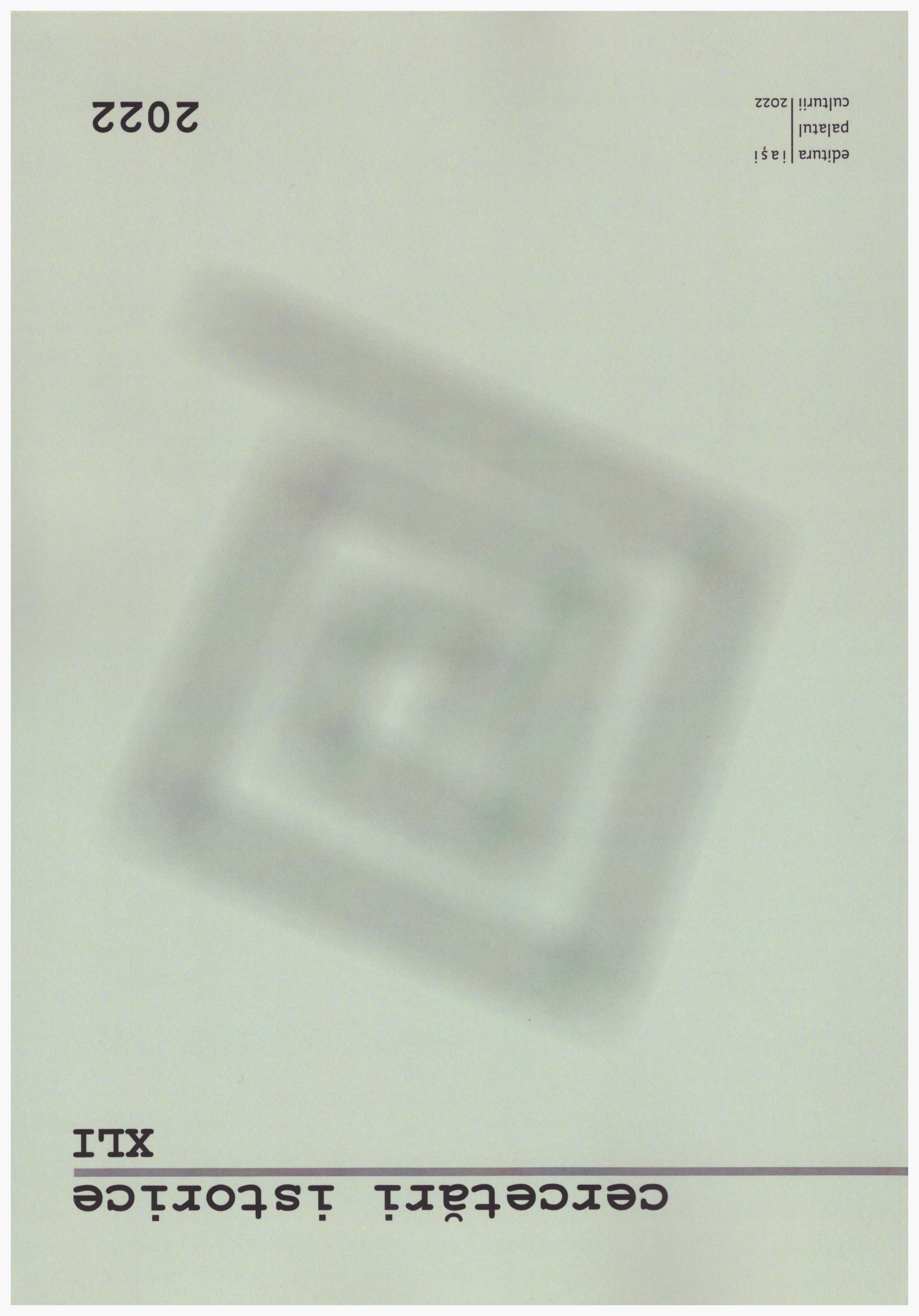
Starting with 1711, when Peter the Great's armies reached the Dniester, the Romanians lived under the pressure of the Russian factor for over 300 years. Petersburg's imperial plan of expansion in the Balkans and towards the "warm seas" (Aegean and Mediterranean) inevitably involved the occupation of the Romanian Principalities, followed by countless abuses, requisitions, iniquities. Annexed by the Tsarist Empire in 1812, Bessarabia united with Romania on March 27, 1918, a year considered in our historiography as an "astral moment" for every Romanian. However, the international confirmation of Bessarabia's belonging to the Kingdom of Romania triggered a complex and complicated political-diplomatic process, at the same time, marked by actions, interventions, negotiations and significant moments from the perspective of asserting our legitimate rights over the Pruto-Nistrian space. If Bolshevik Russia and, subsequently, the USSR viewed this reality with increasing hostility, the "ordeal" of the Union’s international recognition, which began at the Peace Conference of Paris (1919-1920), continued in the Interwar period and was not completed - unfortunately - even nowadays, was maintained by petty political-economic, ideological and geopolitical interests, even by our former allies. At the same time, the union of Bessarabia with Romania was also aggressively "torpedoed" by the nostalgic exponents of the Orthodox, civilizing and liberating "messianism" of the imperial Russia, grouped in the White Guard armies and in exile organizations.
More...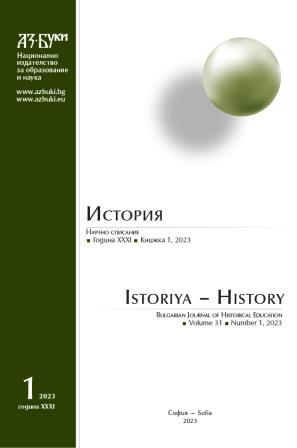
The aim of this article is to examine the relations between the government and the theater in the first months after the coup of 9 September 1944.The main focus is on the conduct of the “purge” in the Union of the Artists in Bulgaria, which is part of the transformations in the cultural organizations after the Fatherland Front came to power. For this purpose, the method of historical analysis is applied. The study reveals that the leadership of the Union of the Artists take the initiative to “eradicate fascism in culture” by carrying out a “purge” in its rows, thus fulfilling the task set by the new government of the Fatherland Front. Data is presented on the number of members “purged”, along with information on the charges against them and the fate of some of them in the following years.
More...
This current article examines the changes that occurred in the leadership of the Bulgarian Agrarian Union in the period from November 10 to the end of 1989. The research presents the reflection of what is happening in the Bulgarian Communist Party and the country in relation to the Union, the differences in the reactions of the agrarian leaders, the main themes, which become the subject of debates by the union members, the contradictions between the BZNS leadership and the forming critical group of members, as well as the opposite positions between the structures in the country about intra-party and public issues. The topic is also presented in the light of a process coming into view not only of the political entities in the country, but also of the diplomatic corps. The purpose of the article is to shed light on the main interrelationships, causes and consequences that led to the changes at the top of the union.
More...
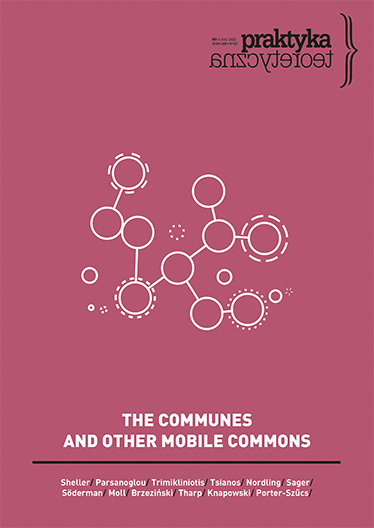
The present contribution aims to examine this specific historic ‘Second World’ phenomenon — the communal living arrangements attempted by counterculturally minded, predominantly working-class youth in post-1968 Czechoslo-vakia, often (though not exclusively) in the former German Sudetenland — as an instance of the potentials and limita-tions associated with an attempt at a ‘mobile commons’ in 20th-century state socialism. Not only is the legacy of the Czech communes (baráky) an insufficiently researched historical topic, but even further, the placement of this phenomenon between its reflection of the American commu-nal-utopian tradition in its 1960s forms, the emerging critique of industrial modernity, the growth of 20th-century ‘civil-society’ concepts, and the ‘Cold War’ mobilities across the Iron Curtain (intellectual-cultural autarky versus forced political emigration) forms a highly fruitful starting point for wider considerations. Examination of the Czech countercul-tural communal-living attempts within the social framework of the ‘normalization’ order of the 1970s and 1980s — state repression, socialist modernity, anti-public familialism — finds that their character as communities of refuge, rather than as deliberate planned experiments, places them at a particularly unique angle to the utopian vs. antiutopian debates, indeed even calling into question the very premises of this opposition.
More...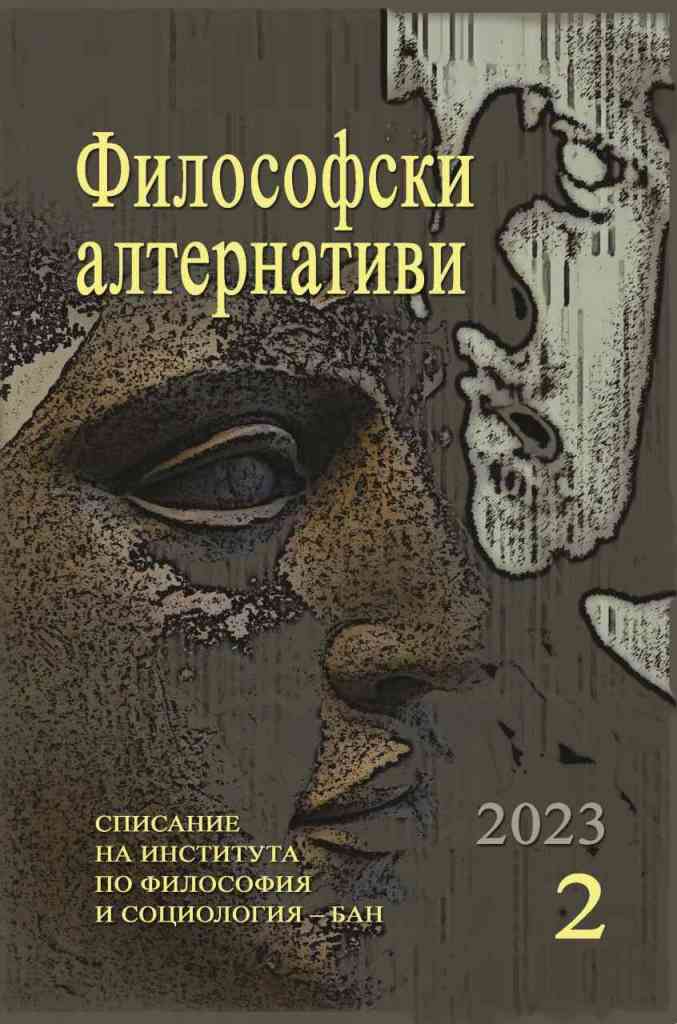
The article is a review of basic publications that refer to, relatively speaking, the Bulgarian philosophy of war. This concept includes the numerous attempts for an ontological and value-based interpretation of the Bulgarian combat experience, as well as conceptualization of the war as a social phenomenon by Bulgarian philosophers, sociologists, psychologists, military theorists, etc.
More...
Confronted more and more with unemployment, deviance and anarchism, daily life in Romanian communism since the early 1970s entered a new stage of re-disciplining. This process was supposed to mold society in line with the demands required by the new ideological program announced at the 10th Congress of the PCR, „The Program for the Creation of a Multilaterally Developed Socialist Society”.Refusal to work, vagrancy, hooliganism, alcoholism, prostitution, profiteering, from and other forms of were associated with the behavior of young people. These problems were targeted by a special law, the "law of social parasitism", as it remained in the collective mind until today, so as not to contradict socialist lifestyles.The restriction of rights and freedoms, the generalized shortage did not make society an ally of this law. On the contrary, a series of antisocial practices that the population resorted to in the name of survival, often placed it under its influence.The lack of goods and food in the shops of towns and villages, the time wasted waiting for them, the poor quality of the products, together with other difficulties and humiliations of everyday existence created a „black market”, a parallel supply network based on profiteering, from overpriced goods. The lack of services, including social ones, kept alive the institution of favors, a system of relationships in which access to medical services, housing, education or a job had to be additionally rewarded in order to pass the customs of corruption in the public administration. The compression of incomes, the regimentation in increasingly difficult occupations, also destroyed the civilizing myth of work. Unemployment, non-existent in official reports, became a recurrence among the youth.The „law of social parasitism” was nothing more than a way in which the state tried to re-discipline the behavior of a generation that, for a short time, had looked through the folds of the Iron Curtain. The law countered the ideological dilemmas generated by the relaxation of the 1960s and the 1970s as well as the fallout from the severe economic recession of the 1980s.
More...
Based on documents from former Soviet archives and specialized literature published by Russian researchers, this article traces the efforts made by Mikhail Gorbachev to restore the Soviet economy by imposing a series of reforms. In the first years after acceding to power, the reforms were not significantly different from those attempted by his predecessors. The major differences would appear later, when, towards the end of the 1980s, under the pressure of financial crisis, Gorbachev sought to reach an agreement with the US regarding the nuclear arsenal. In parallel, the economic reforms moved away from centralized planning and explored the principles of the free market.In this context, M.S. Gorbachev and his team turned their attention to the massive imbalances concerning military spending, which alleviation conditioned the success of perestroika. Therefore, the leaders in Kremlin resorted to radical measures, such as the asymmetric reduction of military contingents. What they did not understand was that the Soviet economic system could not be reformed. It had to be completely changed.
More...